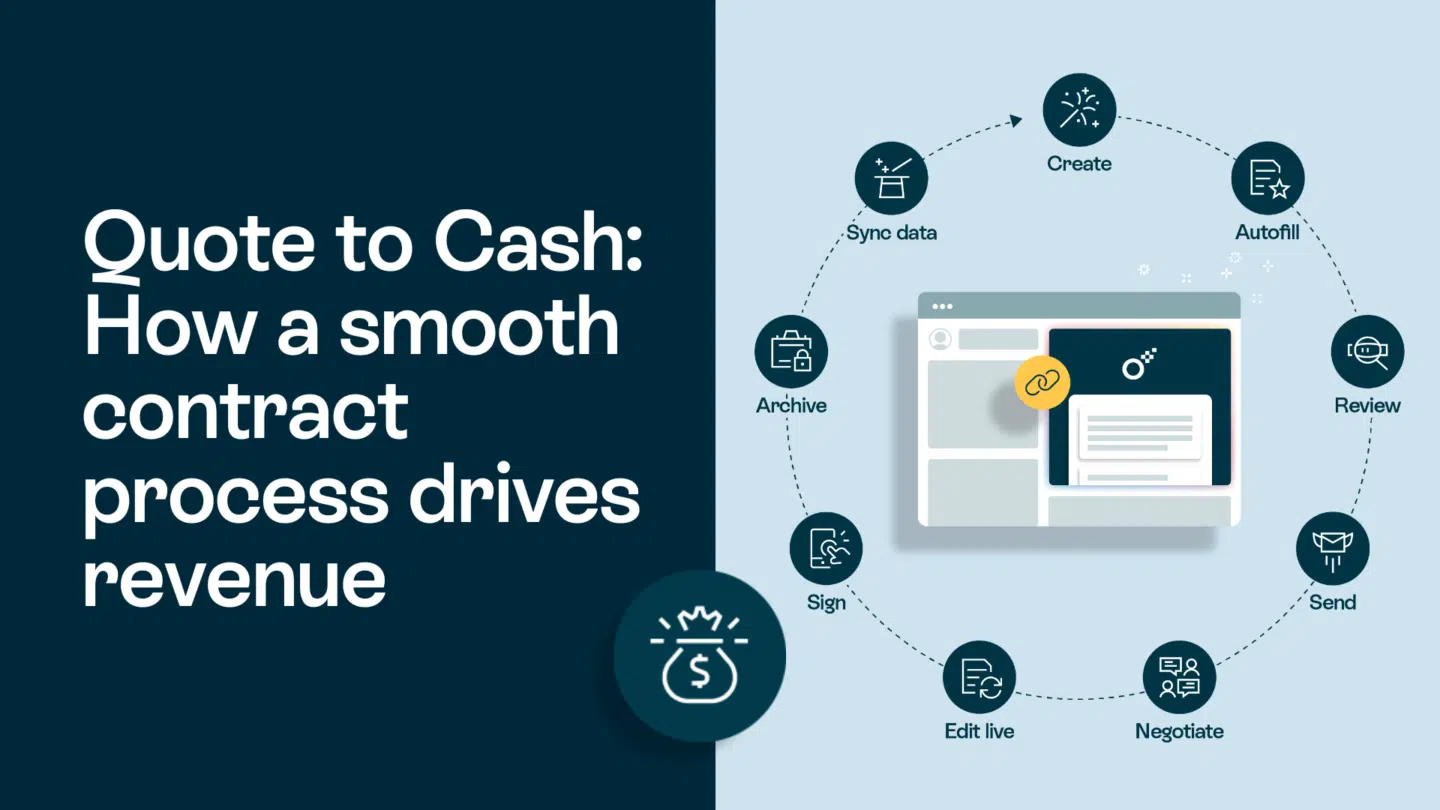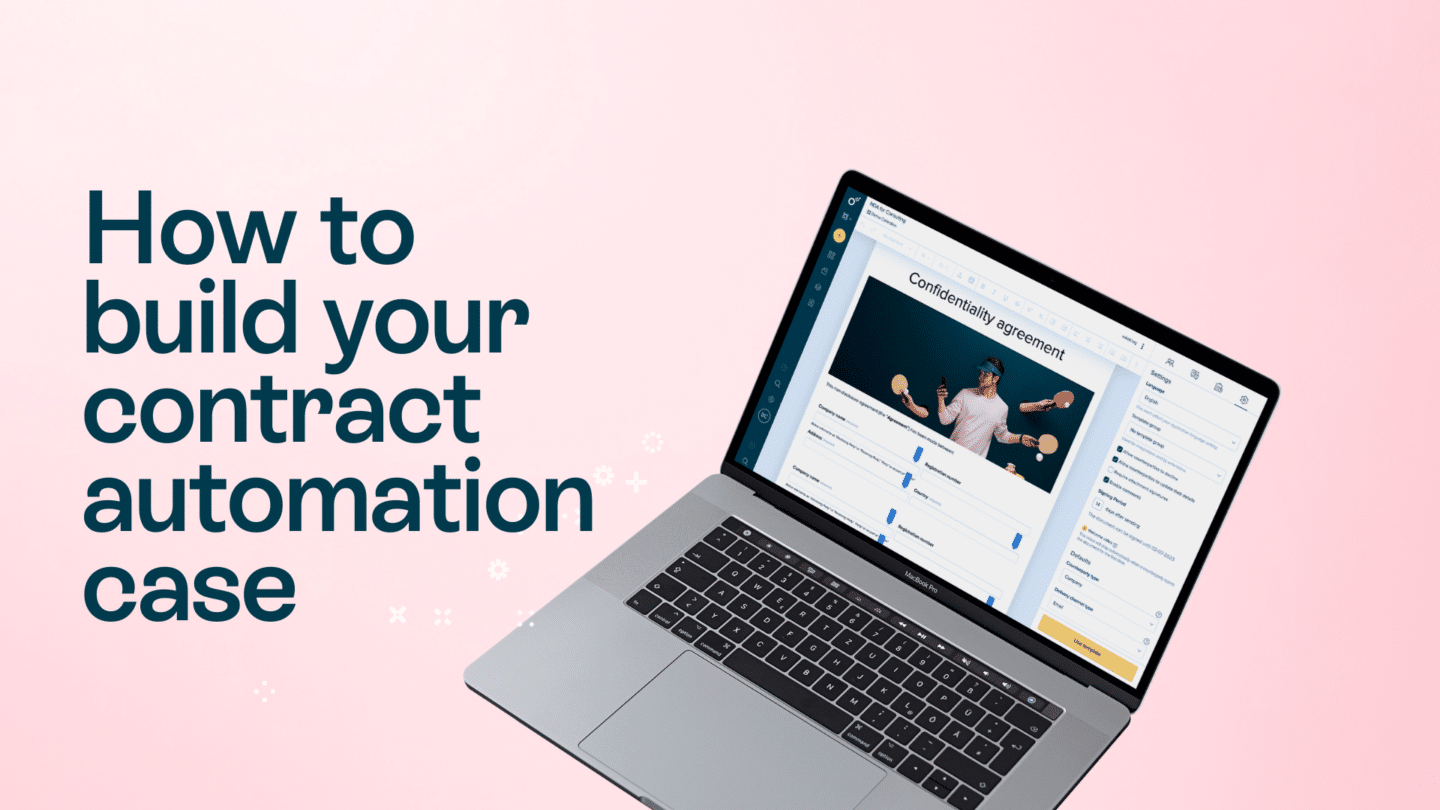With cyber attacks now part of our everyday, SaaS security has never been so important. As organizations increasingly rely on SaaS solutions for their operations, ensuring robust SaaS security is paramount. This article explores the top 10 best practices for SaaS security, helping employees and organizations safeguard their data and systems from potential threats.
What is SaaS security?
SaaS security refers to the measures and practices implemented to protect data, applications, and infrastructure associated with SaaS platforms. These measures are crucial for preventing unauthorized access, data breaches, and other cyber threats that can compromise the integrity and confidentiality of sensitive information.
Unlike traditional software that is installed on local servers or personal computers, SaaS applications are hosted on the cloud and accessed via the internet. This shift necessitates a different approach to security, focusing on safeguarding data both at rest and in transit, securing user access, and ensuring compliance with relevant regulations.
Read also: How to keep data secure in hybrid workflows

How do you assess SaaS security?
Assessing SaaS security involves a comprehensive evaluation of the security measures and protocols in place to protect the SaaS environment. Here are some steps to effectively assess SaaS security:
1. Review security policies and procedures
Start by reviewing the SaaS provider’s security policies and procedures. This includes understanding their approach to data encryption, access controls, incident response, and compliance with regulatory standards. A thorough review of these policies ensures that the provider follows industry best practices and maintains a strong security posture.
2. Conduct a risk assessment
Perform a thorough risk assessment to identify potential vulnerabilities and threats. This involves evaluating the likelihood and impact of various security risks and determining the appropriate mitigation strategies. A comprehensive risk assessment helps in prioritizing security measures and addressing the most critical threats.
3. Evaluate access controls
Examine the access control mechanisms implemented by the SaaS provider. Ensure that robust authentication methods, such as multi-factor authentication (MFA) and role-based access control (RBAC), are in place to prevent unauthorized access. Effective access controls limit exposure to sensitive data and reduce the risk of insider threats.
4. Inspect data encryption practices
Check if the SaaS provider uses strong encryption protocols to protect data both at rest and in transit. Encryption is a critical component of SaaS security, ensuring that sensitive information remains confidential and secure. Look for the use of industry-standard encryption methods, such as AES-256 for data at rest and TLS for data in transit.
5. Review compliance certifications
Verify that the SaaS provider complies with relevant industry standards and regulations, such as GDPR, HIPAA, and SOC 2. Compliance certifications demonstrate the provider’s commitment to maintaining high security standards. Regular audits and certifications provide assurance that the provider adheres to stringent security requirements.
6. Monitor security incidents and response
Assess the SaaS provider’s ability to detect and respond to security incidents. This includes evaluating their monitoring and logging practices, as well as their incident response plan. Effective monitoring and logging help in identifying suspicious activities and responding to incidents promptly to mitigate potential damage.
7. Conduct penetration testing
Engage in regular penetration testing to identify and address vulnerabilities within the SaaS environment. Penetration testing simulates real-world attacks, helping to uncover potential weaknesses before they can be exploited by malicious actors. Regular testing and remediation enhance the overall security posture of the SaaS application.
Read also: The rising threat to e-commerce businesses

10 best SaaS security practices
Now that we understand what SaaS security is and how to assess it, let’s dive into the top 10 best practices for ensuring robust SaaS security.
1. Use strong authentication and access controls
One of the foundational aspects of SaaS security is implementing strong authentication and access controls. Employees should always enable Multi-Factor Authentication (MFA) for accessing company systems. MFA adds an extra layer of security by requiring multiple forms of verification before granting access. Additionally, access should be limited based on user roles through Role-Based Access Control (RBAC). This ensures that users only have access to the data and systems necessary for their roles, reducing the risk of unauthorized access.
Effective access control also involves regularly reviewing and updating permissions to ensure that users only retain access as long as it is necessary for their role. This practice, known as the principle of least privilege, minimizes potential exposure to sensitive information.
2. Encrypt sensitive data
Data encryption is a critical component of SaaS security. Employees should use encryption tools to protect sensitive files and communications, especially when handling customer data. Ensuring that data is encrypted both at rest and during transmission (e.g., using HTTPS and VPNs) helps safeguard it from potential breaches.
In addition to encrypting data, employees should be aware of the importance of using strong passwords and changing them regularly. Combining encryption with strong password practices enhances overall data security.
3. Stay updated on security policies
Regularly reviewing and adhering to the company’s security policies is essential for maintaining SaaS security. Employees should stay informed about the latest security guidelines and immediately report any suspicious activities or potential security breaches to the IT department. Being proactive in following security protocols helps prevent security incidents.
Staying updated also involves participating in regular security training sessions. These sessions provide employees with the knowledge and skills needed to identify and respond to potential threats. Training topics may include recognizing phishing attempts, safe browsing practices, and handling sensitive information securely.
4. Practice safe API usage
APIs are a common target for attackers, making it crucial to practice safe API usage. Employees should keep API keys confidential and avoid sharing them publicly. Monitoring API usage for any unusual activity can help detect and mitigate potential threats early on.
Developers should also follow secure coding practices when building and integrating APIs. This includes validating inputs, using secure communication channels, and implementing proper authentication and authorization mechanisms.
5. Monitor and log activities
Monitoring and logging activities is an important practice in SaaS security. Employees should maintain logs of their access to sensitive systems and data. Regularly checking personal accounts for unauthorized access or changes can help identify and respond to security incidents promptly.
Comprehensive logging should include recording user activities, access patterns, and system changes. These logs provide valuable insights into potential security threats and support forensic investigations in the event of a breach.
6. Be prepared for incidents
Being prepared for security incidents is a key aspect of SaaS security. Employees should familiarize themselves with the company’s incident response plan and act quickly if they notice a security incident. Following the response plan and notifying the appropriate personnel immediately can help contain and mitigate the impact of security breaches.
Incident response preparedness also involves conducting regular drills and simulations to test the effectiveness of the response plan. These exercises help identify gaps and areas for improvement, ensuring that the organization is ready to respond effectively to real incidents.
7. Comply with regulations
Understanding and complying with relevant regulations is vital for maintaining SaaS security. Employees should be aware of the compliance requirements applicable to their roles, such as GDPR, HIPAA, or SOC 2. Adhering to industry standards and company guidelines ensures compliance with these regulations, protecting both the organization and its customers.
Compliance with regulations also involves regular audits and assessments to verify that security practices meet the required standards. Staying compliant helps build trust with customers and partners, demonstrating a commitment to protecting sensitive information.
8. Educate yourself and stay aware
Continuous education and awareness are crucial for maintaining SaaS security. Employees should participate in security training sessions and stay updated on the latest security practices. Learning to recognize phishing attempts and suspicious links helps prevent successful attacks and protects sensitive information.
Staying aware also means keeping up with the latest developments in cybersecurity. This includes understanding new threats, vulnerabilities, and best practices for mitigating risks. Subscribing to cybersecurity news and participating in industry forums can help employees stay informed and proactive.
9. Backup and protect your work
Regularly backing up important work files is a simple yet effective SaaS security practice. Employees should use secure storage solutions for backups and encrypt them if possible. Having reliable backups ensures that data can be restored in case of a breach or data loss incident, minimizing downtime and disruption.
In addition to regular backups, employees should test the restoration process to ensure that backups can be successfully recovered when needed. This practice helps identify and resolve any issues with backup procedures before a real incident occurs.
10. Follow secure development practices
For employees involved in software development, following secure development practices is essential for SaaS security. Writing secure code and participating in code reviews help identify and fix vulnerabilities early in the development process. Integrating security practices into the Software Development Lifecycle (SDLC) ensures that security is built into the application from the ground up.
Secure development practices include using secure coding standards, conducting static and dynamic code analysis, and performing regular security testing. By embedding security into the development process, organizations can reduce the risk of vulnerabilities and improve the overall security of their SaaS applications.
The key takeaways
Ensuring robust SaaS security is crucial for protecting sensitive data and maintaining the integrity of SaaS applications. By following these 10 best practices, employees and organizations can significantly enhance their SaaS security posture. From implementing strong authentication and encryption to staying updated on security policies and complying with regulations, every measure contributes to a safer and more secure SaaS environment.
Regular assessments of SaaS security, combined with proactive measures and continuous education, help mitigate potential threats and safeguard the organization’s digital assets. As the reliance on SaaS solutions continues to grow, prioritizing SaaS security becomes even more essential for maintaining trust and resilience in the face of evolving cyber threats.
By building these best practices into everyday operations, employees can play a vital role in maintaining SaaS security. This collaborative effort ensures that the organization remains protected against potential threats, safeguarding its data, reputation, and business continuity.







